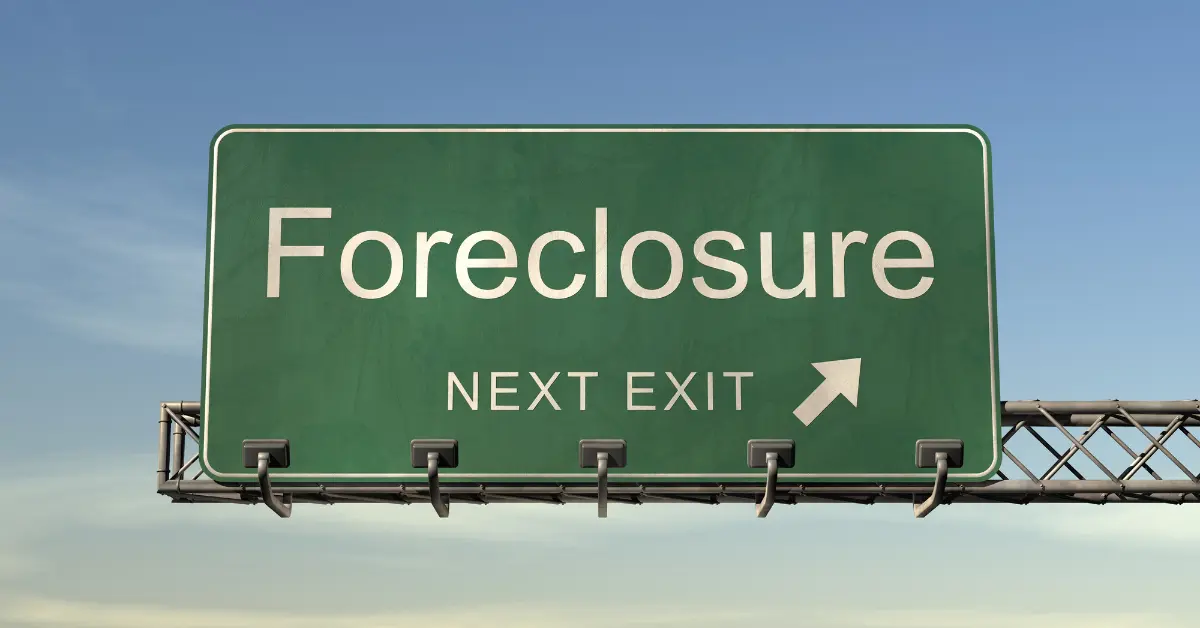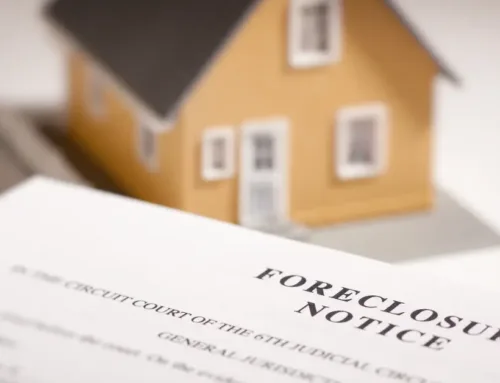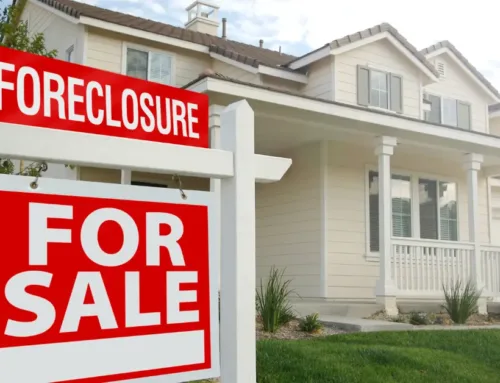Facing foreclosure can be one of the most stressful situations life can throw at you. Thankfully, even when things feel impossible, there are still legal ways to stop a foreclosure that may help you breathe a little easier.
Today, Kelly Legal Group is taking a closer look at how to stop a foreclosure in Texas, including illustrating your legal options and various alternatives to foreclosure.
Key Takeaways:
- Understanding Foreclosure in Texas: In Texas, foreclosure is the legal process where a lender can seize your property due to missed payments, with non-judicial foreclosures being the most common.
- Stopping Foreclosure: Early communication with your lender can help explore solutions like repayment plans, loan modifications, or forbearance to prevent foreclosure.
- Legal Protections: Texas homeowners are protected by laws requiring lenders to follow strict procedures, and legal support can ensure these rights are enforced.
- Alternatives to Foreclosure: Options like short sales, deeds in lieu of foreclosure, and state assistance programs can help homeowners avoid losing their homes.
- Take Action Early: Acting quickly and contacting Kelly Legal Group can provide the legal support needed to navigate and potentially stop the foreclosure process.
Understanding Foreclosure in Texas
Before we discuss the steps on how to stop a foreclosure, it’s important to fully understand what this situation means when you’re in the Lone Star State.
Foreclosure, by definition, is the legal process in which a lender can seize your property when you fail to make mortgage payments. In Texas, foreclosure can be either judicial or non-judicial, with the latter being the most common.
Judicial foreclosure is when the lender files a lawsuit against the borrower, leading to a court-supervised foreclosure. This situation isn’t very common and usually takes longer, giving homeowners more time to respond.
Non-judicial foreclosure, on the other hand, is the more common type. Here, the lender is allowed to foreclose on the property without the court involved — as long as they meet specific legal standards.
Quickly, let’s look at what the typical foreclosure timeline looks like in a state like Texas:
- Missed Payment (Month 1): The process begins after the homeowner misses a payment.
- Notice of Default (Month 2-3): After 60-90 days, the lender sends a notice of default, giving the borrower time to make up payments.
- Notice of Sale (Month 4-5): If payments aren’t made, the lender files a Notice of Sale at least 21 days before the auction.
- Foreclosure Auction (Month 5+): The property is auctioned off, typically on the first Tuesday of the month.
How to Stop a Foreclosure in Texas
Below, we’ve detailed how to stop a foreclosure in a few different ways depending on what works best for your specific situation. After all, being proactive is the best way to find a solution to potentially losing your property. Let’s take a look.
Contact Your Lender Early
The first step in learning how to stop a foreclosure in Texas is to communicate with your lender as soon as you anticipate difficulty making payments.
Many lenders offer solutions like repayment plans, loan modification, or forbearance. Early communication increases the chances of finding an agreeable solution and avoiding foreclosure altogether.
Read more about What to Do if You Have Received a Foreclosure Notice from Your Lender in our blog.
Apply for a Loan Modification
A loan modification allows you to adjust the terms of your mortgage, making payments more affordable. This could include lowering the interest rate, extending the loan term, or reducing the principal.
Typically, applying for a loan modification can prevent foreclosure by helping homeowners stay current with a more manageable monthly payment.
File for Bankruptcy
It may sound scary, but filing for Chapter 7 or Chapter 13 bankruptcy can temporarily halt foreclosure proceedings.
Chapter 13, in particular, allows homeowners like you to catch up on your missed payments through a repayment plan.
However, you should keep in mind that while bankruptcy can provide relief, it also comes with long-term financial consequences. So, make sure you consider this option carefully and thoroughly.
Request a Forbearance
Finally, if you want to learn how to stop a foreclosure, requesting a forbearance can be a good solution. Essentially, forbearance is an agreement with the lender that temporarily pauses or reduces your mortgage payments for a set period.
This option is often granted in cases of short-term financial hardship, such as job loss or illness, and can give homeowners time to recover without the threat of immediate foreclosure.
Legal Options to Stop Foreclosure in Texas
It’s important to note that homeowners in Texas also have legal options to stop foreclosure. These solutions often require professional legal guidance, and they can provide effective solutions for keeping your home or other property.
One key legal protection in Texas is the requirement that lenders must follow strict foreclosure procedures. For example, they must provide written notice of default and give homeowners the chance to catch up on missed payments before foreclosure begins. If these procedures aren’t followed correctly, you may have grounds to challenge the foreclosure in court.
Hiring a foreclosure defense attorney can significantly improve your chances of stopping foreclosure. An attorney can review your case to ensure the lender followed all legal requirements. If there were any violations, the attorney can file a lawsuit to delay or prevent foreclosure.
In some cases, they may help negotiate with the lender for alternatives like loan modifications, forbearance, or repayment plans.
Alternatives to Foreclosure
Even when foreclosure seems inevitable, you still likely have other alternatives to help avoid the heartbreak of losing your home. These options may allow you to resolve your mortgage issues without going through the full foreclosure process. Let’s take a look.
Sell the Home (Short Sale)
Instead of foreclosure, you may have the option of a short sale. A short sale involves selling your home for less than what you owe on your mortgage, with the lender’s approval.
Exploring the differences between short sale and foreclosure can help you better understand why a short sale might be a less damaging alternative. This option can be less harmful to your credit than a foreclosure and allows you to avoid the long-term negative consequences of having a foreclosure on your record.
While you won’t make a profit, a short sale can provide a more controlled exit from your home ownership.
Deed in Lieu of Foreclosure
With a deed in lieu of foreclosure, you voluntarily transfer ownership of the property to the lender in exchange for relief from your mortgage debt. This option can stop the foreclosure process and avoid the public auction of your home.
While it still affects your credit, the impact is generally less severe than a full foreclosure, and you may be able to negotiate with your lender for relocation assistance or other benefits.
Texas Hardest Hit Fund and Assistance Programs
Finally, Texas homeowners facing financial hardship may qualify for state and federal assistance programs.
The Texas Hardest Hit Fund, for example, offers financial aid to help with mortgage payments for those facing unemployment or other economic challenges.
Additionally, federal programs like the Home Affordable Modification Program (HAMP) can provide relief by modifying mortgage terms, making payments more affordable, and preventing foreclosure.
Take Action Now to Stop Foreclosure
The quicker you act, and the more proactive you are towards your financial decisions, the higher the likelihood you can avoid foreclosure in Texas. Thankfully, you have all the support and resources you need with Kelly Legal Group.
Contact our legal team today for a consultation and personalized assistance to help you navigate avoiding the foreclosure process. With us, you can finally rest easy.






